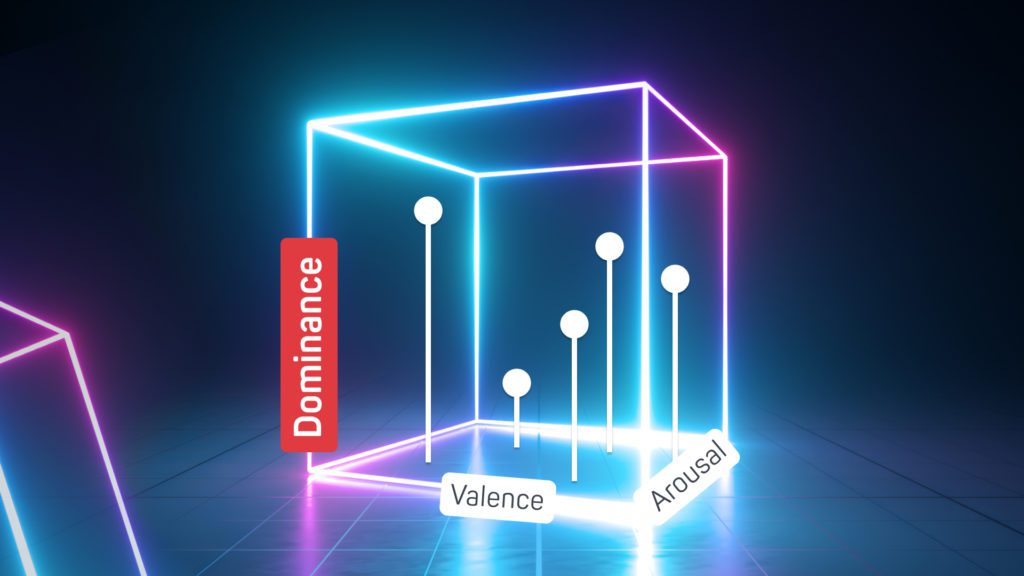Last week, we introduced a new concept called “Gamer Monitoring”. If you haven’t checked the previous article, make sure to read the intro https://www.audeering.com/gamer-monitoring-part-1/ before continuing with this one.
This week we will cover two more applications of gamer monitoring:
Game Testing, and Streamers Feedback.
Game Testing:
Our fellows in the video game industry certainly know what it means to produce a game which would be accepted by the gamers worldwide. That’s why they are spending roughly 15-40% of development on Quality Assurance. They hire game testers to play the game and break it. As the game grows, less budget is spent on QA (around 15%), however, for a AAA studio with a +50M$ game, it still means around 7.5 million dollars.
It must be noted that this QA process is using a community management process which is receiving feedback from the users through forums, game masters and other channels. Although nothing can replace the role of community management due to social constructs, the whole process can be enhanced dramatically using new artificial intelligence technologies.
Let us explain the process using a well-known game which has all of the QA components in place: World of Warcraft.
Before the release of a new expansion, World of Warcraft will release what is called Public Test Realm (PTR), in which players can play the unreleased content. Then, the community managers use the feedback from players in the form of bug reports, forum posts, and etc. and pass it to developers and designers to make adjustments to the game for final release. Lots of players also stream these experiences to show that they are pioneers of the new content.
This process can be enhanced using an automated process which can integrate emotion responses of all players to the in-game contents and events. This approach will simply help game developers and designers to make adjustments to the necessary points in the gameplay. For example, if the player is questing for 20 minutes and simply killing some NPCs and feels bored and frustrated, the chain of quests can be shortened or enhanced by adding a cut-scene in the middle.
Artificial intelligence is helping us to tap into potentials which we had no idea of. Finding out the emotional feedback of the players is simply another example scenario which can change QA processes dramatically.
Streamer Feedback:
You probably have heard about platforms like Twitch or YouTube: Gaming in which players stream their play and people can follow and watch them. This field of the entertainment industry can also benefit from emotion recognition feedbacks.
As streaming is becoming more popular as a part-time or even full-time job, lots of people are looking for tools which make them stand out against their competitors. The ability to entertain your audience is one of the fundamental factors of each successful streamer. This quality can be measured in terms of the streamer’s excitement and expressiveness.
If streamers could have a solid objective measurement to monitor themselves, they can certainly train themselves (using voice emotion coach) to be more expressive which would lead to their success.
This feedback system should ideally be integrated into the streaming platform so that it can provide streamers with this added value. The streamers will be able to monitor their level of expressiveness and compare it to an average which is derived from data gathered from other streamers in the same field.
Last but not least, these were only a few applications of this technology which can transform the way we interact with our audience in this new age. The more information we have about our consumers, or our actions, the better we can make decisions.
This technology is available now and it can be easily integrated into any platform. It works in real-time and due to its light-weight structure (a few Megabytes) it can be used by any platform.







